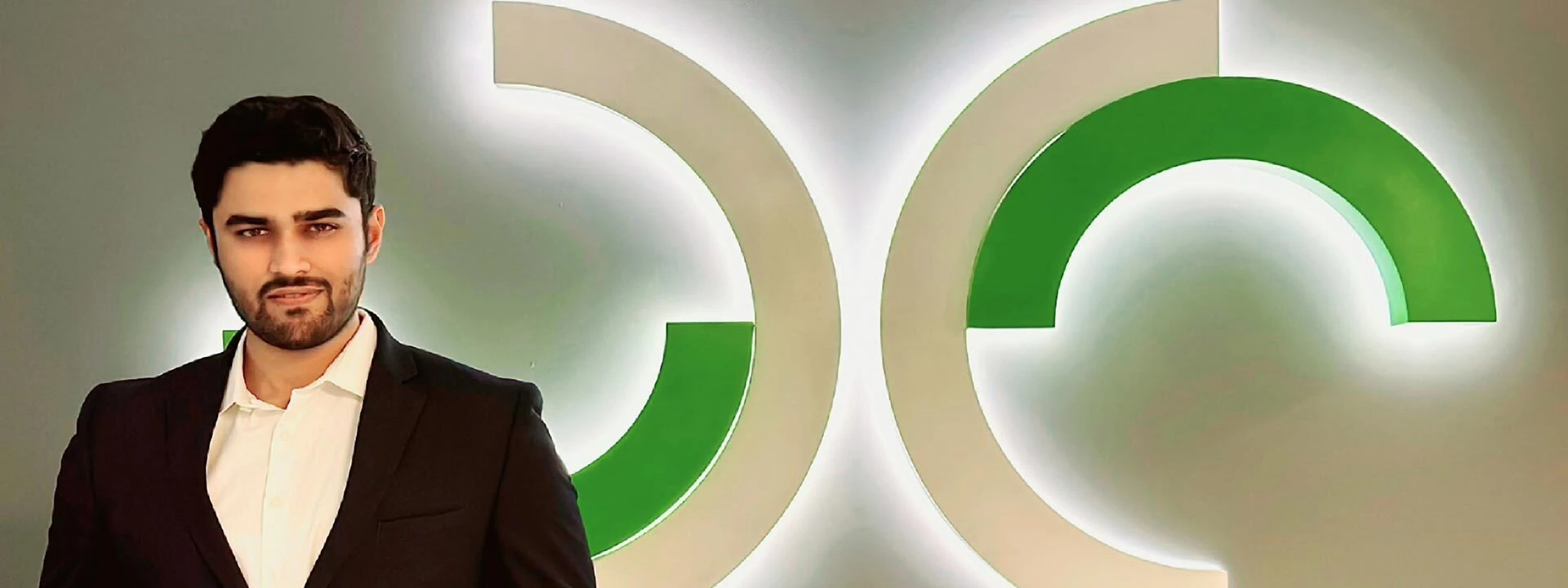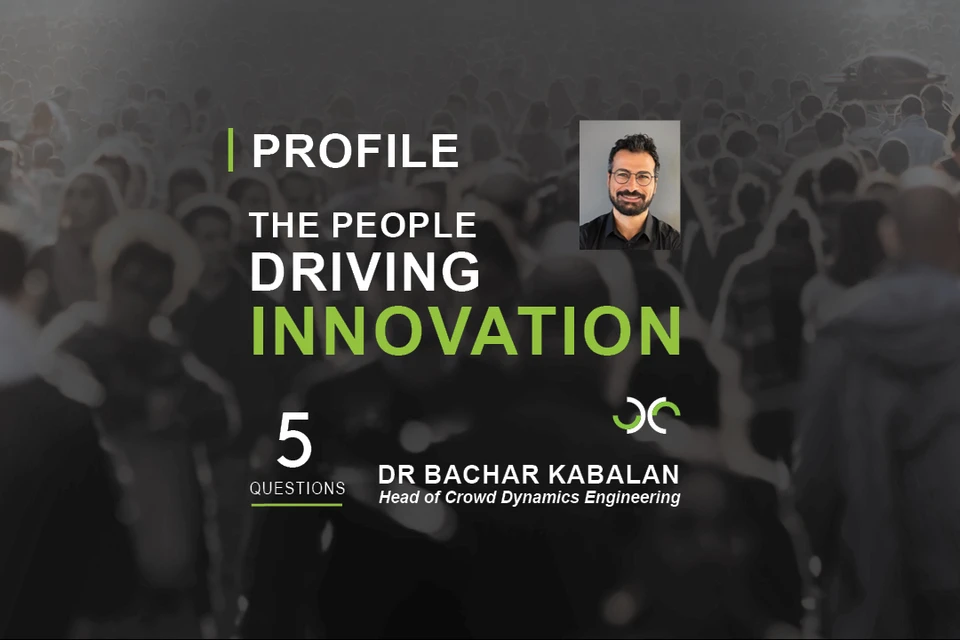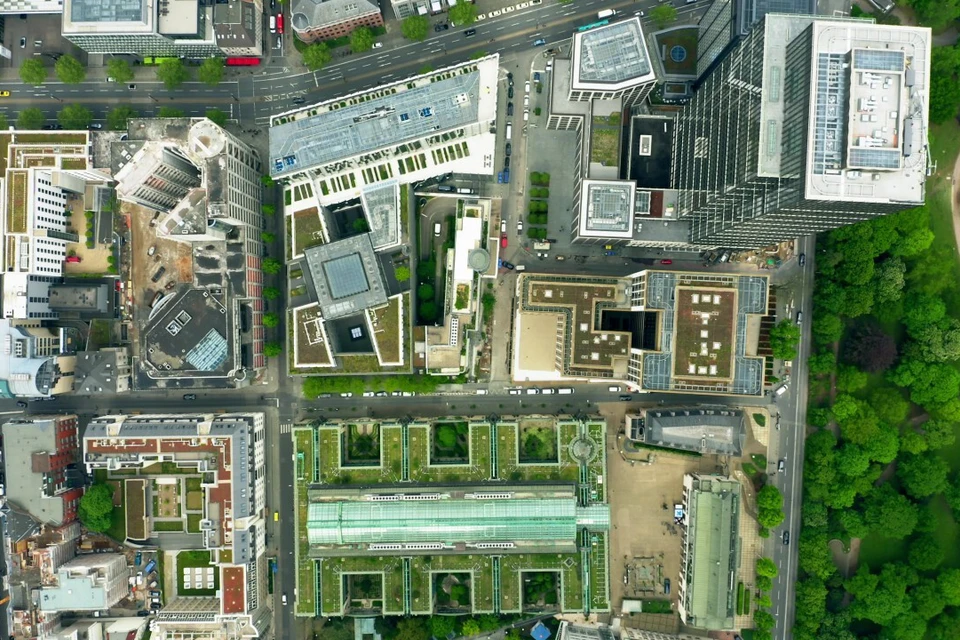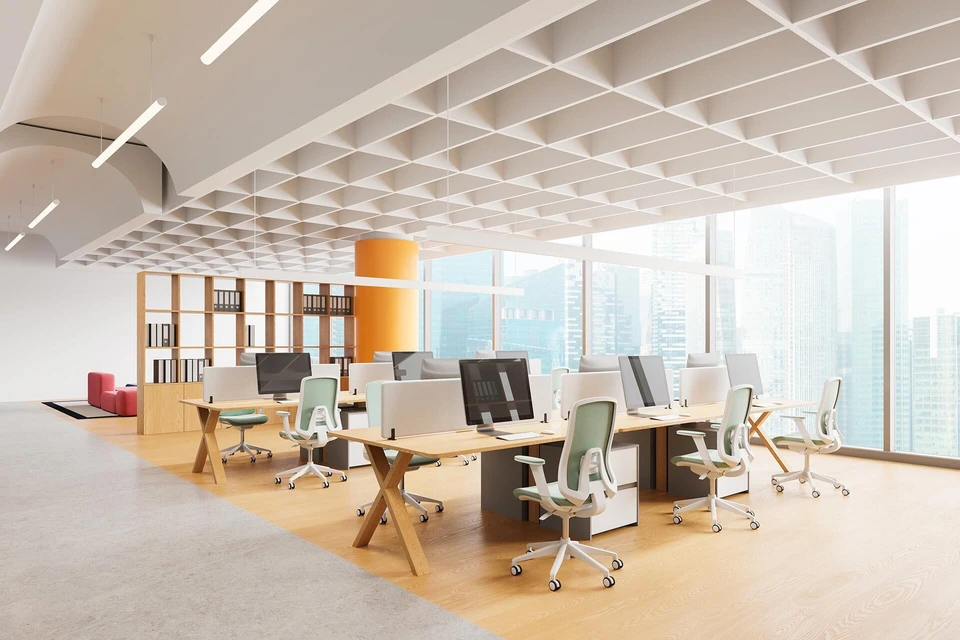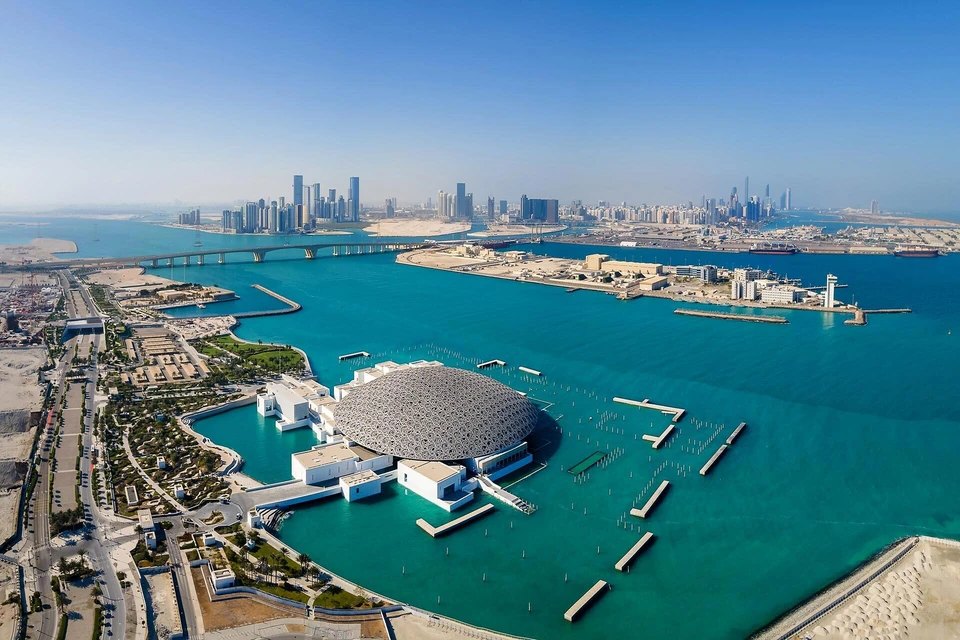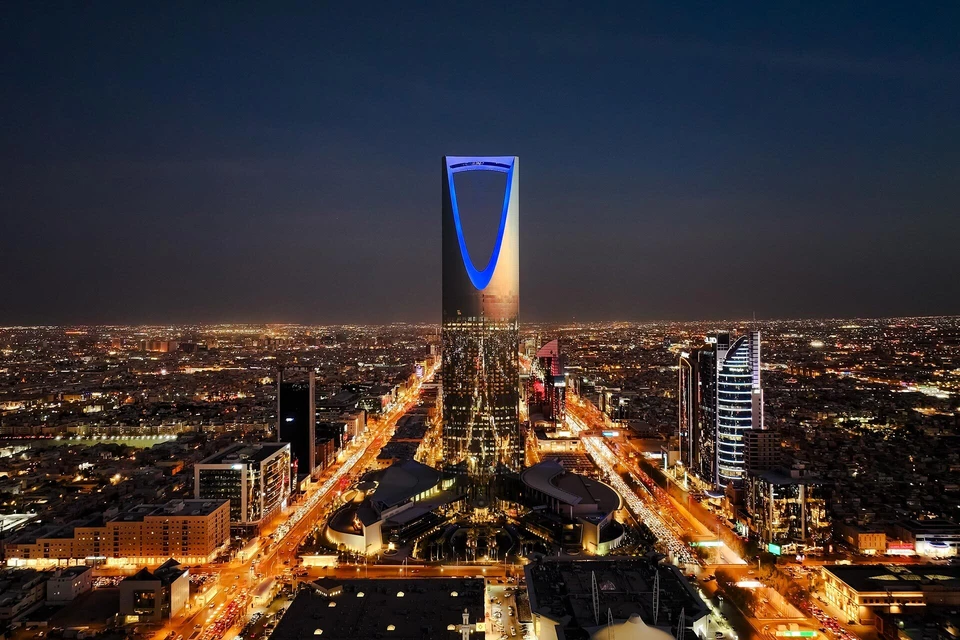The Future Vision of Life Safety
| Fire & Life SafetyBy Aamir Bashir, FLS Consultant, Design Confidence
Designing urban landscapes is becoming increasingly complex, necessitating a fresh perspective on fire and life safety. Traditional fire consulting is typically reactive in addressing regulatory requirements and conducting routine assessments after compliance related risks are identified. This approach, while ensuring baseline compliance, lacks the adaptability to address the evolving and nuanced risks posed by modern cities.
By responding only to regulatory requirements which are largely derived based on past fire incidents, the reactive model[1] often neglects the broader operational and experiential needs of clients, such as business continuity, human behaviour, and unique architectural considerations. Such an approach results in fire safety strategies that are disconnected from the dynamic and intricate demands of modern urban development. Over reliance on prescriptive requirements can result in a lack of overall ownership of the key fire safety goals and objectives for a development and promote indecisiveness among fire safety professionals leading to delays to projects and impacts on critical paths.
Urban Complexity
As cities become more complex, the limitations of this outdated methodology are evident. The rise of artificial intelligence (AI) and data-driven solutions is transforming fire consulting by enabling a more proactive, integrated approach. It prioritises holistic risk management and customised strategies to align with the specific needs and aspirations of urban environments, moving beyond mere compliance to create safer, more resilient spaces.
The limitations of traditional methods can be seen in what they fail to address. Although regulations must be complied with as far as they are reasonably practicable, assets that solely meet regulatory standards are often cumbersome to operate and fail to deliver a seamless user experience and the overall client fire and life safety objectives. Moreover, these shortcomings can tarnish a brand’s reputation, eroding stakeholder confidence. The real challenge is to bridge the divide between regulatory adherence and practical functionality so that fire safety measures enhance, rather than hinder, the long-term value and usability of an asset.
A Forward-Thinking Vision
This gap presents a significant opportunity that Design Confidence is tapping into by embracing a forward-thinking vision for fire safety. At Design Confidence, we take a holistic approach to our projects, aligning objectives with future adaptability to ensure resilience in an ever-evolving landscape. With a focus on delivering end-to-end value-chain solutions, the company integrates cutting-edge technologies and advanced risk assessment methodologies to redefine safety standards.
Our Masterplan Fire Risk Assessment approach offers tailored solutions that address both the technical and operational needs of modern developments. These assessments integrate active and passive fire safety measures, such as crowd flow analysis and operational overlay planning, with dynamic assembly area assessment to enhance emergency response capabilities in all types of events. As customer trends evolve over time, our approach enables a space to be repurposed for various functions by adding operational overlays and establishing the right fire safety pillars. This ensures the continued user excitement and long-term commercial viability of the project. Thus, enabling the client to use spaces with maximum flexibility.
Aligning with Vision 2030
Equally important, our services align seamlessly with the objectives of Saudi Arabia’s Vision 2030, showcasing how the Middle East region is moving away from conventional fire consulting to embrace a new paradigm of risk-calibrated, future-ready developments.
A compelling example are the futuristic cities being developed in Saudi Arabia, which highlight the strategic opportunities for innovation and a calibrated approach to risk management on giga projects.
City-Level Risk Assessment Guideline
Design Confidence has played a pivotal role in crafting city-level risk assessment guidelines for various giga projects so that fire safety measures align with the project’s ambitious vision. By addressing macro and micro level risks, we have assisted in creating a blueprint for sustainable, resilient urban spaces.
This alignment with Vision 2030 demonstrates how the Middle East region is leading the charge in adopting innovative fire safety practices. It also presents new opportunities for developers to invest in smarter, safer urban environments.
Expert and Experienced Team
Design Confidence has an expert team offering end-to-end fire risk assessment capabilities throughout the value chain. Aamir Bashir has extensive experience in developing risk models for diverse environments, from industrial facilities to large assembly occupancies. His work for giga projects illustrates how city-level risk appetites can inform comprehensive safety strategies.
Aaron Mc Daid, a fire and life safety expert with over two decades of experience across the globe, ensures that every solution is both cutting-edge and deeply informed by practical insights. Together, the team has crafted a versatile Risk Assessment model that can be adapted to evaluate any city, master development, or asset group. The model includes detailed mitigation and response planning guidelines for safer, more user-friendly environments.
Adapting to Evolving Urban Demands
The future of fire safety consulting lies in being able to anticipate and adapt to evolving urban demands. By focusing on sustainability, community well-being, and operational excellence, Design Confidence’s solutions extend beyond traditional safety measures to create smart, resilient assets. Our innovative approach not only reduces public safety risks but also elevates the user experience, seamlessly integrating fire safety into the urban fabric.
As the field of fire consulting continues to evolve, the role of thought leaders becomes increasingly critical. The transition from conventional practices to a modern, AI-driven paradigm where data informs decision making requires not just technical expertise but also a commitment to redefining industry standards particularly related to technology integration.
At the Forefront of Transformation
Design Confidence is at the forefront of this transformation, offering tools and insights to navigate the challenges of tomorrow’s urban environments. By bridging the gap between compliance and innovation, we ensure that our clients’ projects meet the highest safety standards while fostering sustainable growth and long-term flexibility.
Conventional fire safety compliance is pivoting towards a dynamic, integrated approach that aligns with the complex realities of modern urban design. For developers, stakeholders, and communities alike, the stakes have never been higher. The days of traditional code compliance will soon become obsolete by advanced AI vision models removing the need for basic compliance assessments.
By partnering with Design Confidence, clients have access to the team’s collective experience and expertise in delivering innovative solutions that prioritise safety and resilience. In addition, clients have confidence that the company is leveraging advanced AI models which ensure futureproofing while allowing maximum flexibility and guaranteed compliance.
Footnote:
[1] The reactive model refers to an approach that mainly responds to events, issues, or requirements after they have occurred, rather than anticipating or addressing them proactively. In the context of fire and life safety consulting, such a model typically focuses on compliance with existing regulations, conducting assessments based on historical data, or mitigating risks only after they are identified. The reactive model often lacks the foresight and adaptability to address evolving challenges, leading to solutions that may be adequate for baseline compliance but fail to consider unique operational, experiential, or future-oriented needs.
